Sexism and censorship unfortunately alive and well
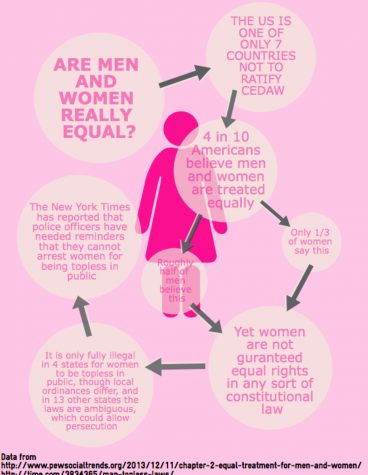
A girl in LA has been told by her art teacher to cover up nudity in her art project after a parent night at the school where a mother complained about the project being “pornographic.”
The project was only painted over, but the student used the change as a platform to advocate against censorship and for women’s rights by adding t-shirts saying “Free the Nipple.” Hysteria over women’s breasts is unwarranted and perpetuates the idea that women have something to be ashamed of simply for being born women.
The gender inequality in America is astoundingly bad for a so called “first world country.” The US has been actively discriminating against women for some time, as one of only seven countries in the world which has not ratified the International Bill of Rights for Women (Convention on the Elimination of all forms of Discrimination of Women). Women’s bodies are hypersexualized and objectified in every aspect of society, leading to them being unable to be topless in public.
“[Free the Nipple]’s all about desexualizing the female body… that’s the slogan,”sophomore Nettie Johnson said. Breasts, though often seen as such, are not actually any kind of sex organ. They are secondary sex characteristics, the equivalent of which on men would be their Adam’s apples and their facial hair. Breasts’ sole biological function is to produce milk for babies. They are used as art to empower women with the celebration of something that is uniquely theirs without sexualization.
I feel like in America we’re like, ‘Sex? What? No!’ But like, here’s this picture of graphic violence, it’s fine.
— Nettie Johnson
Censoring women’s bodies and not mens’ has no basis in science. By the logic used to censor women, men should be required to wear a paper bag over their heads so that women would not be turned on by their facial hair and Adam’s apple. In a society which devalues women and sees them only as sexual objects, the artistic representation of women’s bodies how they are meant to be seen is extremely important, and to censor that is not only wrong on the grounds of censorship but perpetuating the oppression of women.
“I feel like in America we’re like, ‘Sex? What? No!’ But like, here’s this picture of graphic violence, it’s fine,” Johnson said. There has been no studies that show any good comes from preaching abstinence and keeping kids away from anything sexual. There have however, been studies that have shown normalizing sex decreases teen pregnancy and sexual violence. And studies showing that normalization of violence increases violent tendencies.
Censoring sexuality is silly. Any censorship of sexuality is not based on any actual logic, otherwise violence would be censored far more than sexual imagery ever was.
“We are a global movement of equality, empowerment and freedom,” reads the mission statement on the Free the Nipple webpage. The movement is not meant to make women feel uncomfortable, but to empower them to love their bodies and reduced sexualization of women.
The censorship of women over men’s bodies, and the fact that they feel they need to cover up to appease society, also leads to women feeling like they have something to be ashamed of for simply being a woman, as having breasts is not something that can be helped. All women have them, so treating them like they are demon spawn creates the ideology that women should be ashamed simply for being born women, and that somehow they are lesser, because it is somehow shameful to be a woman and not a man.
Those opposing the piece argue that it’s indecent for women to be showing their breasts. The original argument against the piece was that it was pornographic. But the piece is not about trying to get into a restaurant not wearing a top, which even men aren’t allowed to do. It’s used within the context of an art piece, of which there are many others that depict nudity. And it wasn’t without a purpose. It wasn’t just because the student wanted to draw porn. It was an abstract, artistic reflection of the pop culture during her high school experience, with everything on the canvas meant to be there.
The censorship of art in and of itself is wrong. The censorship of the human body is worse. The objectification society has is not a woman’s fault, and neither them, nor an art student, should be the ones feeling guilty about their bodies and forced to cover up because society has decided to hypersexualize them.

Abby Banks is a senior and is a Print Editor-in-Chief on the Pony Express. Her favorite fruits are pineapple and passion fruit. She is junior officer of...




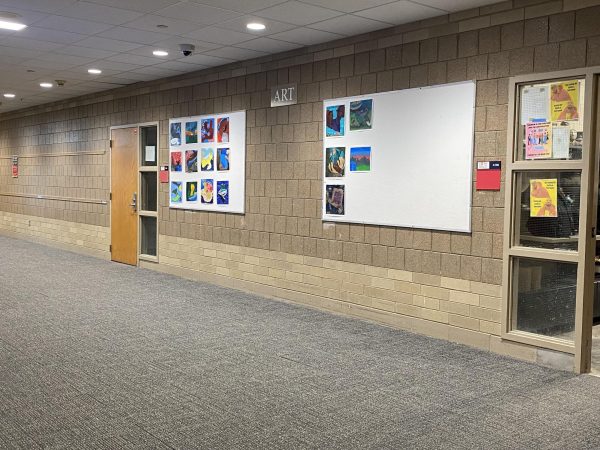
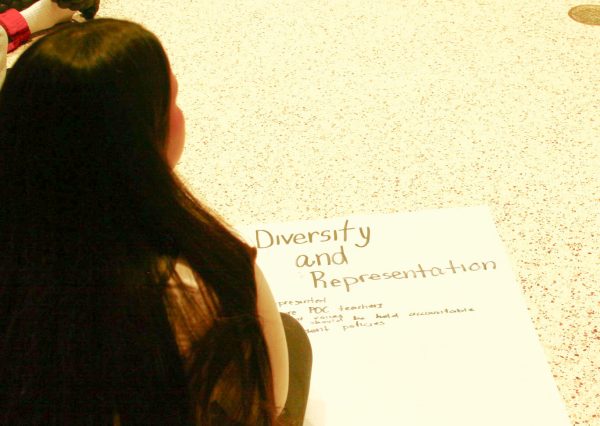
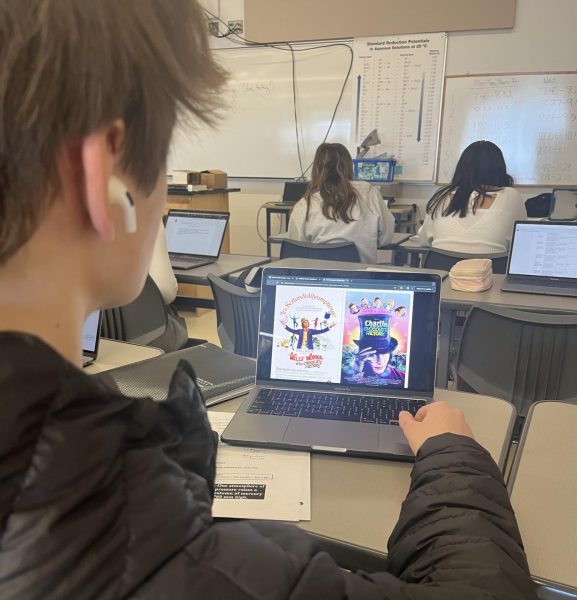
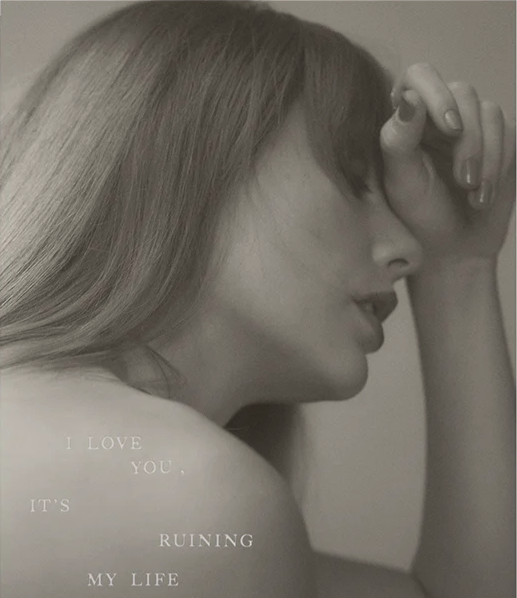

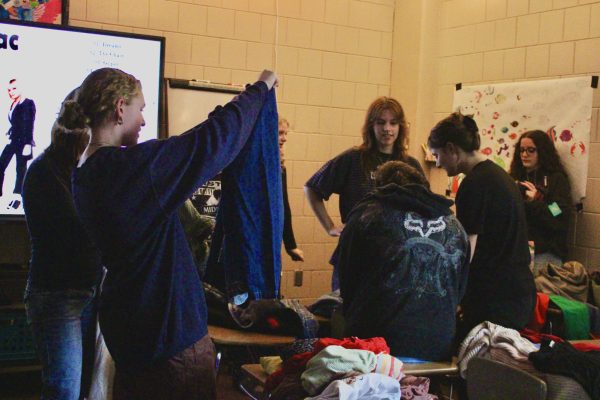
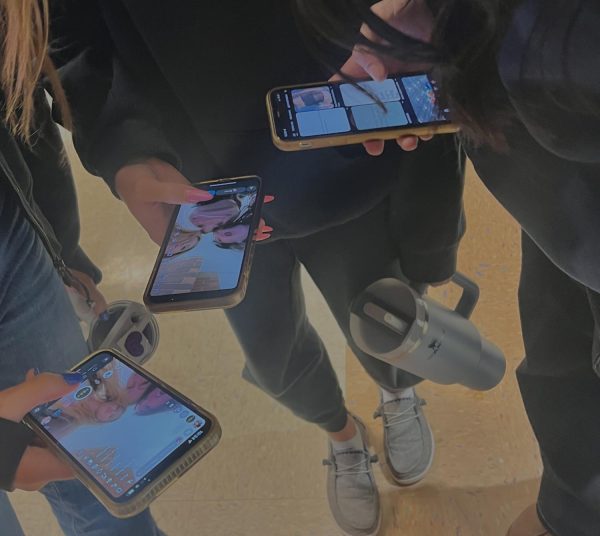
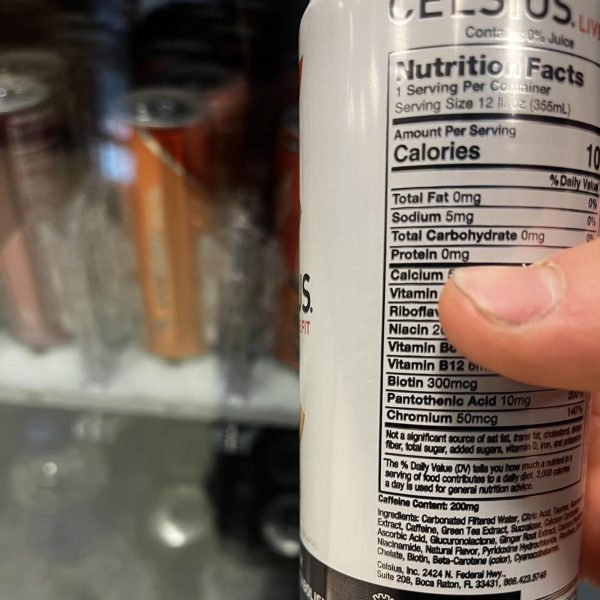
Megan Ramberg • Nov 22, 2016 at 9:42 pm
This is such an important thing to talk about, especially to young girls. Despite the unfortunate statistics, everything came across very clear! I also love how you turned this issue into something that can be taken seriously but also be made light of!
Quinn Kuslich • Nov 22, 2016 at 5:59 pm
This article was very opinionated which was great, I felt like I was being shouted at while reading it. The writing has a lot of personality and flow. Great job!
Hannah Boardman • Nov 22, 2016 at 12:53 pm
This was a beautifully written article! I think the way that you covered this controversial subject was great. You brought readers in with a compelling anecdote, which also helped high school students relate to the movement. The art aspect was especially interesting, since that perspective is rarely shown in the media. Overall, this article was amazing!
Megan Karnuth • Nov 22, 2016 at 12:42 pm
Hi Abby! I really liked this story. It is a serious topic but I like how you add in your own personality and humor to make the topic a little lighter. This topic may be uncomfortable to some readers but you take away the cringe-worthy facts and fill them with fun remarks about the truth behind it all. Overall it was a well-written article that flowed together smoothly, great job!
Andria Barrett • Nov 21, 2016 at 5:41 pm
This article was very well written, and I thought the quotes fit in nicely. I liked how it started off talking about censorship in art, but still talking about sexism, and it also ended with censorship. This article was very informative about Free the Nipple and the author did a good job explaining what the beliefs are behind it.